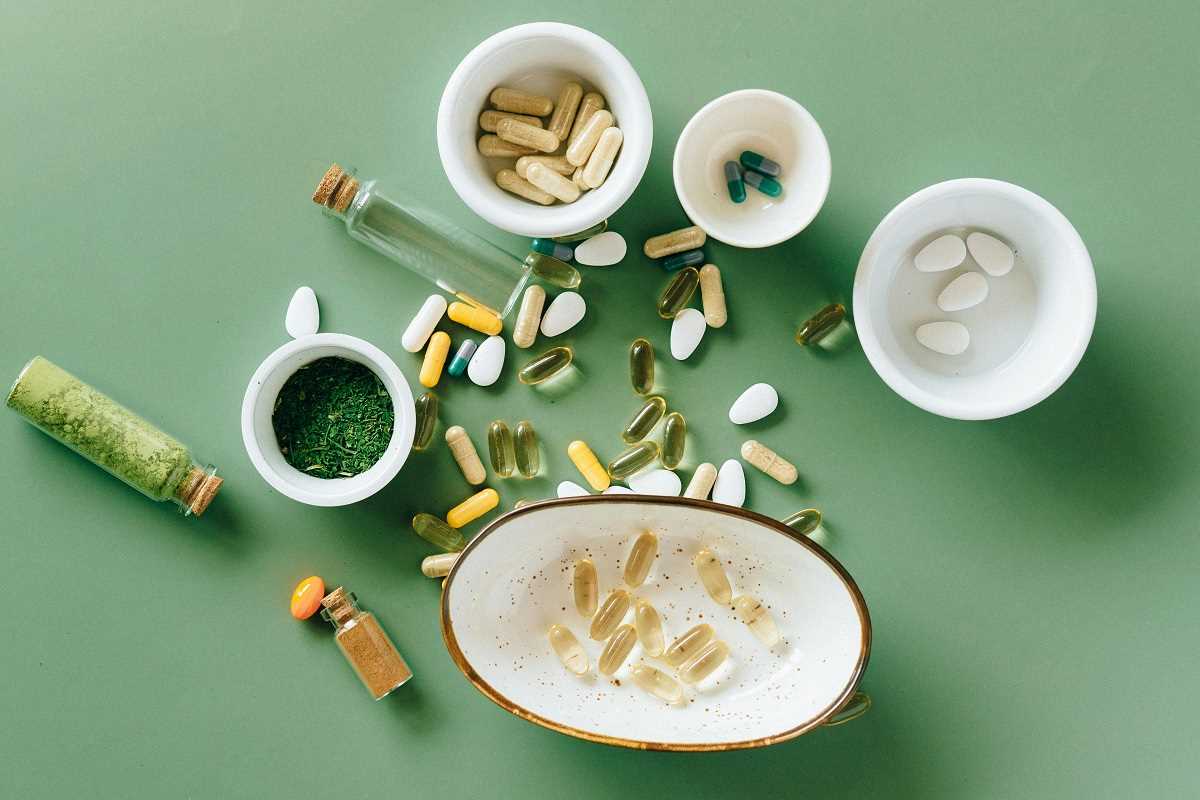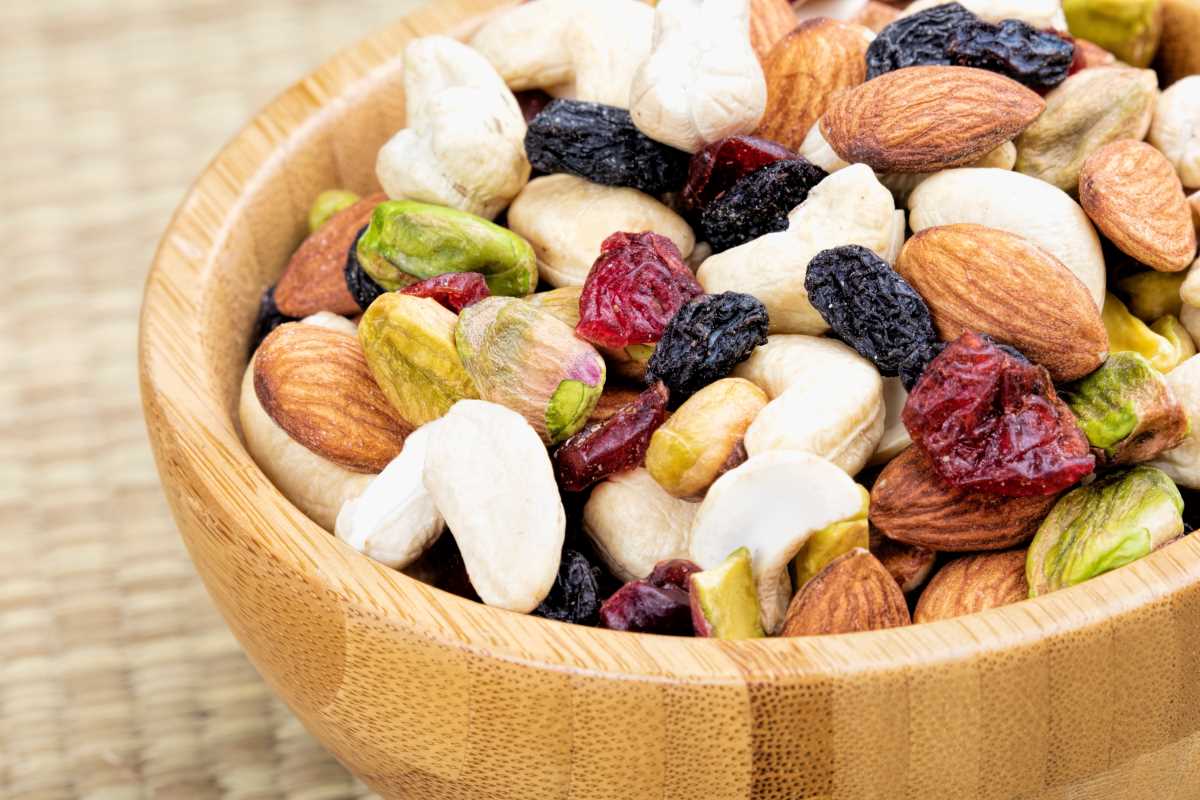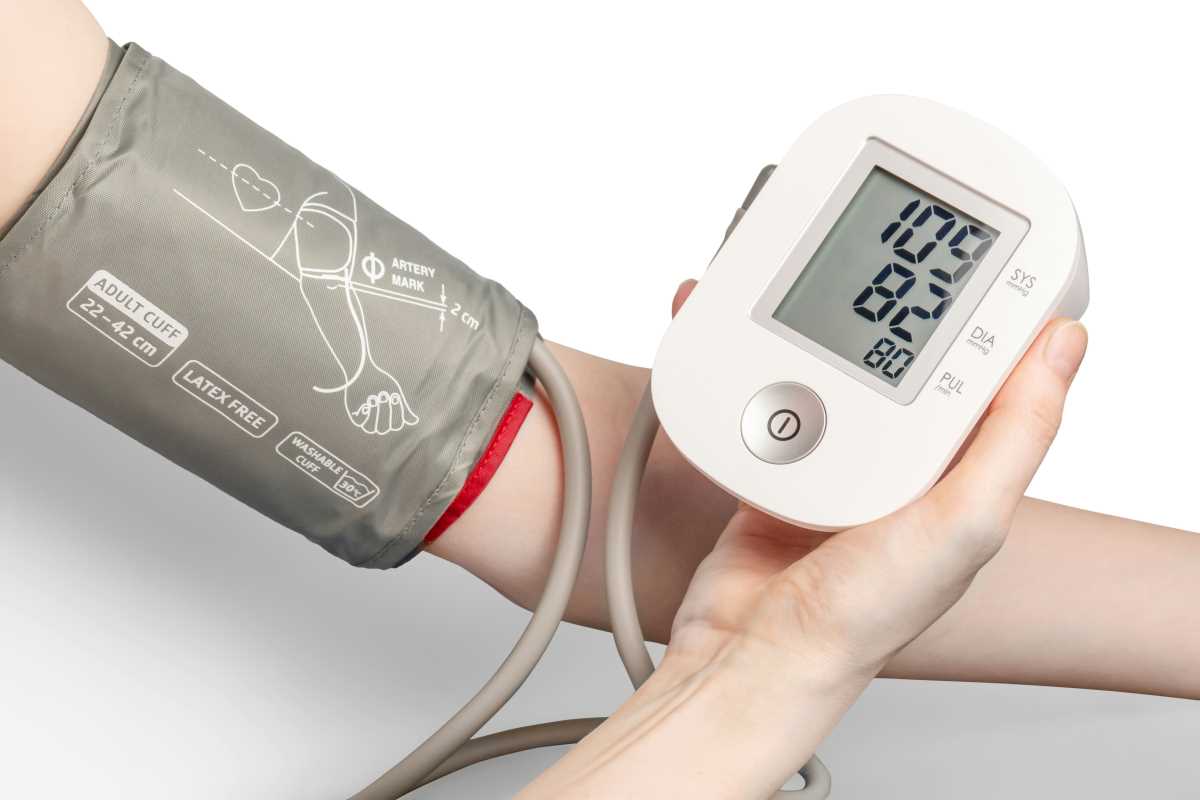Hey guys, let’s talk about something that might not be on your radar—but absolutely should be: Vitamin D. If you’re like most middle-aged men, you probably don’t think much about your bones until something aches, creaks, or—worse—breaks. But here’s the truth: by the time you hit your 40s and 50s, your bone health takes on a whole new level of importance, and Vitamin D is one of the key players in keeping your frame strong, stable, and healthy.
What Exactly Is Vitamin D?
Think of Vitamin D as your bones’ best friend. It’s technically a fat-soluble hormone that your body can make on its own, but it’s often called a vitamin because you need it in small, regular amounts—sort of like a daily tune-up for your engine. When those rays of sunlight hit your skin, your body gets to work and starts producing Vitamin D. Pretty cool, right?
But Vitamin D is more than just “the sunshine vitamin.” It acts as a helper for your intestines and kidneys, letting your body absorb the calcium from the foods you eat (think of it as a key for a very important lock). Without enough Vitamin D, you could drink all the milk and eat all the yogurt in the world, but your body won’t get the calcium into your bones—meaning those “deposits” your bones need won’t be made.
Why Your Bones Need Vitamin D (Especially Now)
Let’s get real for a second: as we get older, our bones start working differently. In your 20s and early 30s, it’s all about making deposits—your skeleton is banking more bone tissue than it loses. But sometime after 30, that shift flips; you start withdrawing more than you deposit. If you’re not careful, you can end up with “overdraft fees” in the form of weak, brittle bones.
Here’s Why Vitamin D Matters:
- Helps you absorb calcium: Without enough Vitamin D, your intestines only absorb about 10-15% of the calcium you eat. With enough Vitamin D, that jumps to 30-40%.
- Prevents your body from “stealing” calcium from your bones: If you’re low on Vitamin D, your body pulls calcium from your bones to keep your muscles and nerves running. It’s like robbing Peter to pay Paul, but the price is weaker bones.
- Lowers fracture risk: Studies show men with good Vitamin D levels have stronger bones and are less likely to break a bone if they fall. Trust me—you don’t want to deal with a broken hip in your fifties (or any age).
Why Middle-Aged Men Should Pay Attention
A lot of us assume osteoporosis (that’s the big word for weakening bones) is a women’s issue. It’s true that women are more at risk, but guys aren’t off the hook. We actually lose bone mass too, just at a slower pace. By the time you’re middle-aged, it starts to matter—a lot.
Here’s What Puts Us at Risk:
- More time inside: Remember playing outside for hours as kids? As adults, most of us are stuck at a desk or indoors.
- Lower testosterone: As we age, testosterone dips, and that makes it a little harder for your body to keep bones strong.
- Modern diets: Fast food isn’t exactly packed with calcium or Vitamin D.
- Certain medications: Things like steroids or anticonvulsants can block your body from making the most of Vitamin D.
- Aging skin: As we get older, our skin doesn’t convert sunlight to Vitamin D as well as it used to.
Are You Getting Enough? Signs of Low Vitamin D
Vitamin D deficiency is sneaky—it rarely shows up with huge warning lights. But there are some signals you can watch for:
- Feeling more tired than usual or having low energy
- Muscle aches, cramps, or, sometimes, just general weakness (stairs feel extra hard, or you’re struggling with the yardwork)
- Getting sick more often (Vitamin D helps your immune system, too!)
- Feeling “off” emotionally or noticing a dip in your mood
- Back pain, especially persistent or unexplained
If you notice a few of these cropping up, it might be worth checking with your doctor and getting a simple blood test. You’ll want to know your “25-hydroxyvitamin D” level. Optimal levels are generally 30-50 ng/mL.
How to Get Enough Vitamin D: A 3-Step Plan
The good news is, it’s not all that hard to get your Vitamin D levels up—and you don’t have to overhaul your life. Most guys will want to use a combo of sunlight, food, and supplements.
1. Soak Up Some Sun—Smartly
Your body is designed to make Vitamin D from sunlight. About 10-30 minutes of direct sun a few times a week (preferably around midday) is usually enough. Just roll up your sleeves, go for a quick walk, or do some yardwork without a jacket.
Keep a few things in mind:
- Skin tone matters: The darker your skin, the more sun you’ll need.
- Location: If you live closer to the equator, you’ll get more Vitamin D from the sun year round.
- Season: Winter sunlight isn’t as strong, so you might need to rely more on diet and supplements.
- Don’t overdo it: You don’t need to burn—just enough to get a little color.
2. Eat Your D
You can help fill in the gaps with food. Here are some of the best choices:
- Fatty fish: Salmon, tuna, sardines, and mackerel are among the top choices. Grilled salmon for dinner? Great idea.
- Egg yolks: Not every day, but a few times a week helps.
- Mushrooms: Especially those labeled “UV-exposed.”
- Fortified foods: Many milks, cereals, and even some orange juices have added Vitamin D.
Can you get all you need from food? Probably not—but every bit helps, and it adds up over time.
3. Supplements—Your Easy Backup Plan
Not everyone can get outside every day. If you live up north, work nights or indoors, or just prefer to play it safe with sun exposure, a supplement might make sense.
- Vitamin D3 (cholecalciferol): This is usually better absorbed than D2.
- How much? Most guys do well with 1000-2000 IU per day, but your doctor can tailor it to your needs. Some conditions call for more.
- Best with food: Take your supplement with a meal containing a little fat for better absorption.
Always check your other meds for interactions and talk to your healthcare provider before starting a new supplement, just to play it safe.
Going Beyond Bone Health
While Vitamin D is superstar for bones, it does a lot more:
- Supports your immune system: It may help you recover faster from colds or flu.
- Boosts muscle strength: Good Vitamin D levels make it easier to keep up with strength training or stay active.
- May support heart health: Some research suggests a link between Vitamin D and lower risk of certain heart issues.
Practical Ways to Work Vitamin D Into Your Life
You don’t have to totally rework your schedule to keep your Vitamin D up. Here are a few ways middle-aged guys can make it part of daily living:
- Morning vitamins: If you’re already taking a multivitamin or daily meds, add your D supplement at the same time.
- Outdoor breaks: Take a walk during your lunch break, or eat your lunch outside when you can.
- Meal planning: Try for fish-based dinner a couple times a week—sushi night counts!
- Family time: Go for hikes or a game of backyard catch with the kids.
- Winter strategy: When sunlight’s at a minimum, lean more on food sources and supplements.
 (Image via
(Image via





